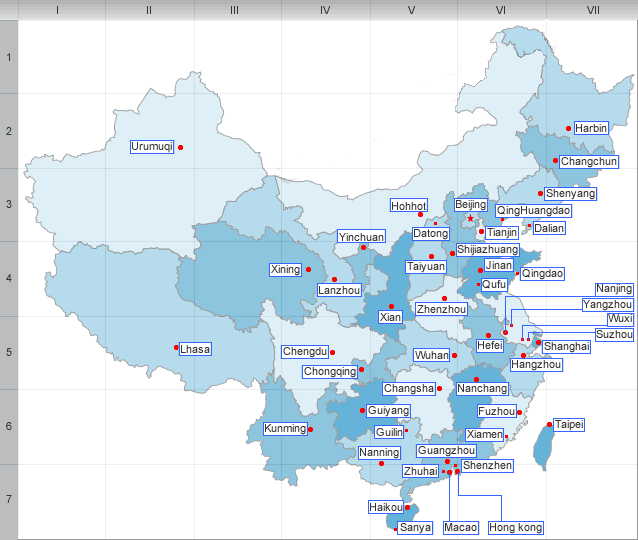History , Geography and climate of Inner Mongolia
History
Throughout most of history and time, central and western Inner Mongolia, especially the Hetao region, alternated in control between Chinese agriculturalists in the south and Xiongnu, Xianbei, Khitan, Nurchen, and Mongol nomads of the north. Eastern Inner Mongolia is properly speaking a part of Manchuria, and its historical narrative consists more of alternations between different groups there rather than the struggle between nomads and Chinese agriculturalists.
The Chinese Communist Party established the Inner Mongolia Autonomous Region in 1947.Initially the autonomous region included just the Hulunbuir region, eventually near all areas with sizeable Mongol populations were incorporated into the region, giving present-day Inner Mongolia its elongated shape.
Geography and climate
Inner Mongolia is largely steppe country that becomes increasingly arid toward the Gobi Desert in the west. It borders, from east to west, the provinces of Heilongjiang, Jilin, Liaoning, Hebei, Shanxi, Shaanxi, Ningxia Hui Autonomous Region, and Gansu, while to the north it borders Mongolia and Russia.
The climate is continental with cold dry winters and hot summers.
| PREV:Culture and Tourism of Jiangxi | Next:Administrative divisions of Inner |



